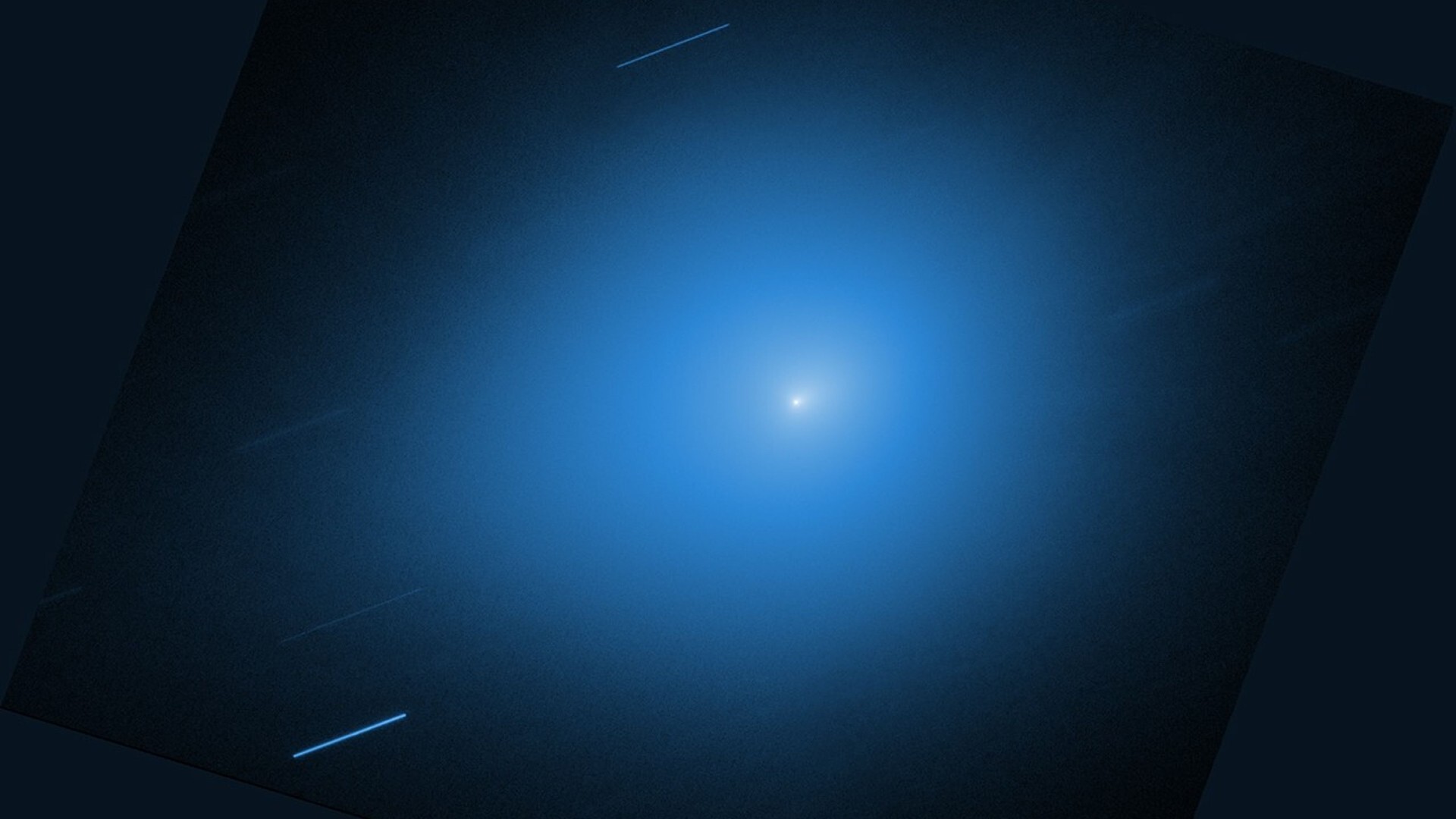Perseid Meteor Shower May Dazzle This Weekend: How to Watch Online

The annual Perseid meteor shower peaks this weekend and if you can't catch the "shooting star" spectacle in person, have no fear. You can tune in online for live views of the meteor display from NASA.
NASA is inviting people to participate in its "Up All Night" live chat with astronomer Bill Cooke and his team from the Meteoroid Environment Office at the agency's Marshall Space Flight Center in Huntsville, Ala. on Saturday night (Aug. 11) from 11 p.m. to 3 a.m. EDT (0300 GMT Aug. 12 to 0700 GMT).
Cooke and his colleagues will answer peoples' questions, while participants enjoy live video and audio feeds of the Perseid meteor shower from a camera mounted at the Marshall Space Flight Center, NASA officials said.
Experts predict this year's Perseid meteor shower will be an impressive sky show, with a waning crescent moon expected to interfere only slightly with the night sky display. During the meteor shower's peak this weekend (late Saturday night and into early Sunday morning), many fireballs may also visible in the night sky, NASA officials said.
"We expect to see meteor rates as high as a hundred per hour," Cooke said in a statement. "The Perseids always put on a good show."
The Perseids are actually bits of rock and debris from the comet Swift-Tuttle, which was discovered in 1862. The comet orbits around the sun once every 133 years, but every August, Earth passes through a cloud of its debris, and as the bits of ice and dust burn up in Earth's atmosphere, they create the spectacular Perseid meteor shower that we are familiar with now. [Amazing Perseid Meteor Shower Displays]
The Perseids are so-called because they appear to radiate from the direction of the constellation of Perseus. The meteor shower can be seen all over the sky, but the best places to view Perseids will be across the northern hemisphere, according to NASA.
Breaking space news, the latest updates on rocket launches, skywatching events and more!
To view the Perseid meteor shower webcast, and to take part in NASA's "Up All Night" chat, visit their website on Saturday night at 11 p.m. EDT: http://www.nasa.gov/connect/chat/perseids_2012.html
The Perseids video feed will be embedded below the chat box. The camera is light-activated and will turn on at dusk. During the day, viewers will see a dark gray box, but at night, the white points of stars will be visible on a black background.
NASA also has an app, called Meteor Counter, that invites citizen scientists to track the number of meteoroids that strike our planet. The tallies are used to help Cooke and his colleagues at the Meteoroid Environment Office study and model the Perseid debris stream.
"We've developed an app for Android and iPhones to help amateur sky watchers count meteors in a scientific way and report the results to us," Cooke said. "It's called the 'Meteor Counter' and it's available for free in the Android Marketplace and Apple's App Store."
As would-be meteors travel through space, astronomers refer to them as meteoroids. When these objects enter Earth's atmosphere to create fireballs, they are called meteors. Only fragments that reach the Earth's surface are meteorites.
Editor's note: If you snap an amazing photo of the 2012 Perseid meteor shower that you'd like to share for a possible story or image gallery, send images and comments (including name and location) to managing editor Tariq Malik at tmalik@space.com.
Follow SPACE.com on Twitter @Spacedotcom. We're also on Facebook and Google+.

Space.com is the premier source of space exploration, innovation and astronomy news, chronicling (and celebrating) humanity's ongoing expansion across the final frontier. Originally founded in 1999, Space.com is, and always has been, the passion of writers and editors who are space fans and also trained journalists. Our current news team consists of Editor-in-Chief Tariq Malik; Editor Hanneke Weitering, Senior Space Writer Mike Wall; Senior Writer Meghan Bartels; Senior Writer Chelsea Gohd, Senior Writer Tereza Pultarova and Staff Writer Alexander Cox, focusing on e-commerce. Senior Producer Steve Spaleta oversees our space videos, with Diana Whitcroft as our Social Media Editor.

